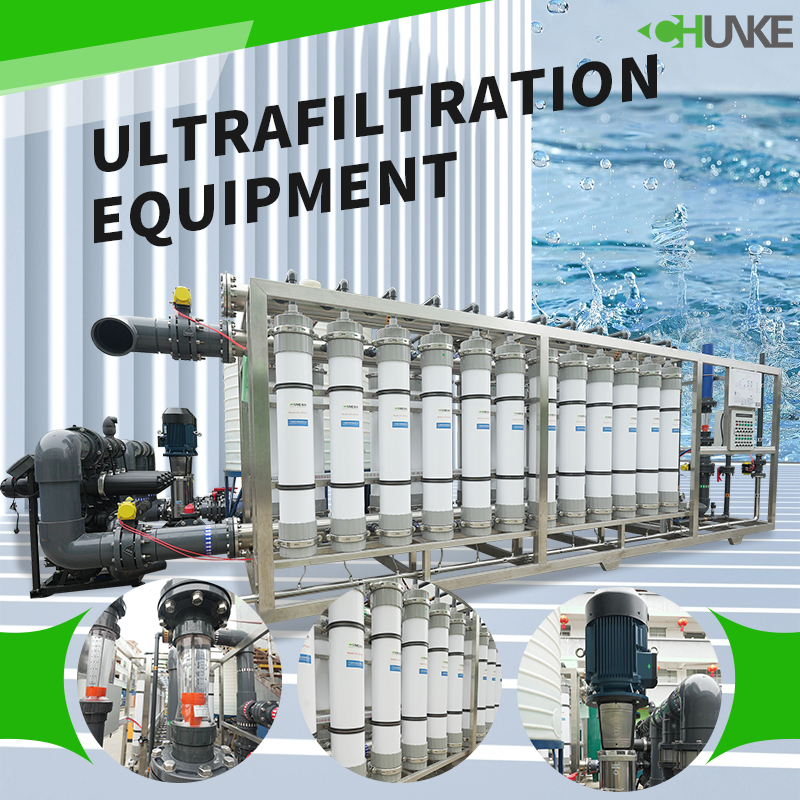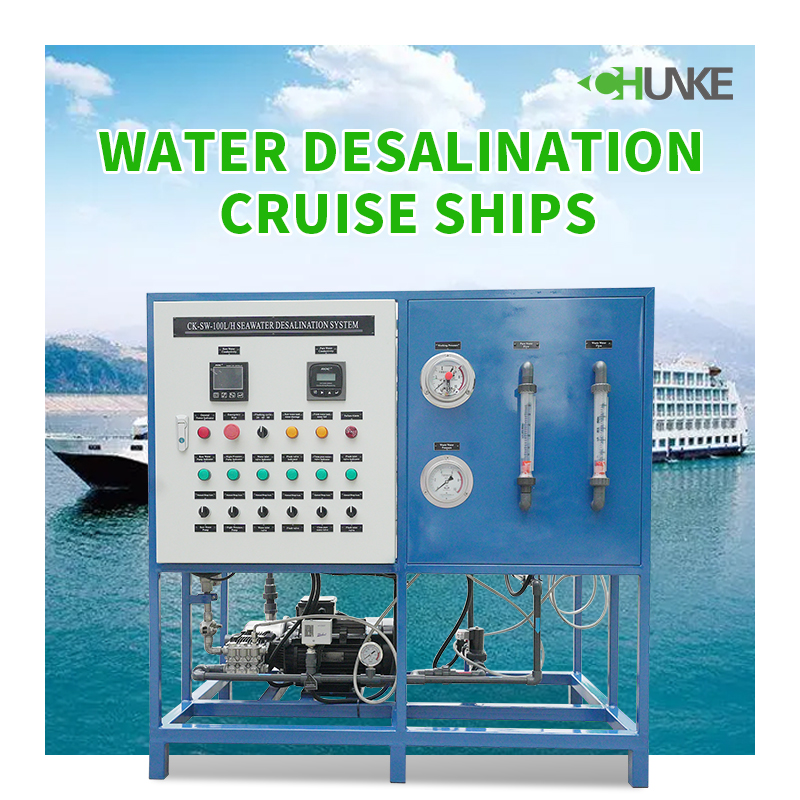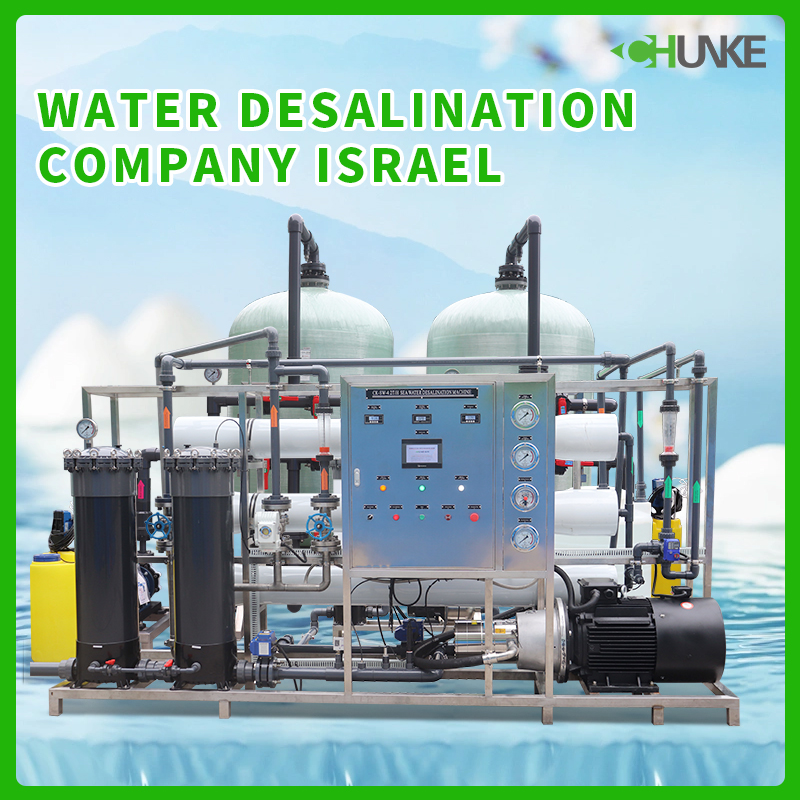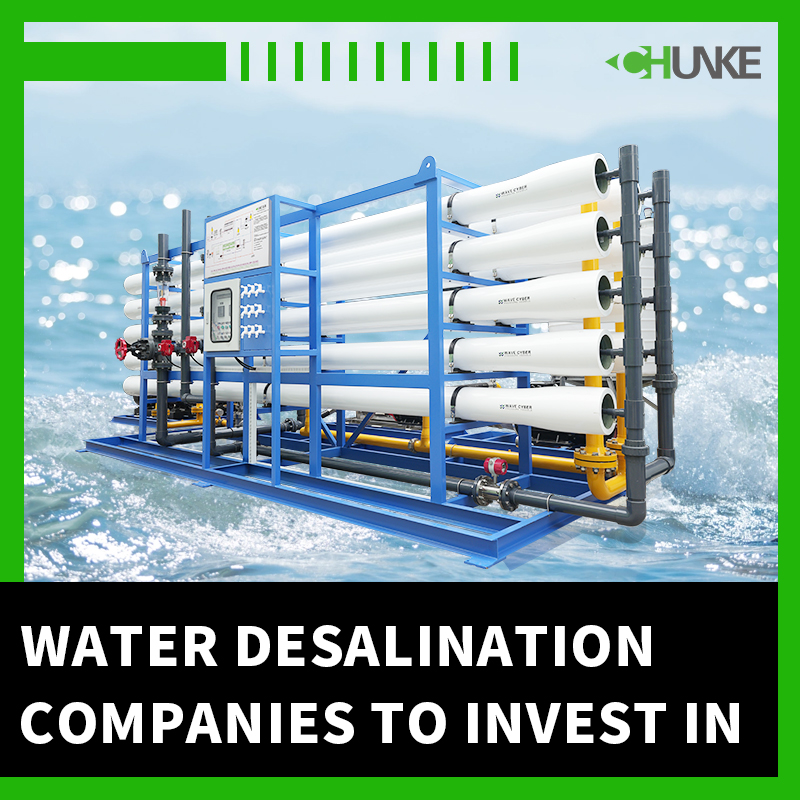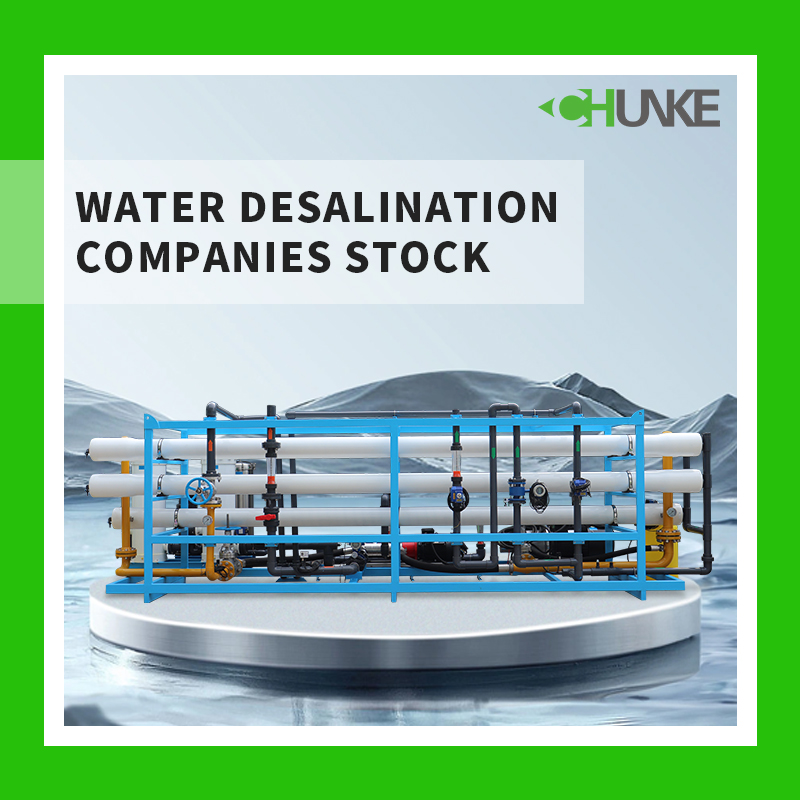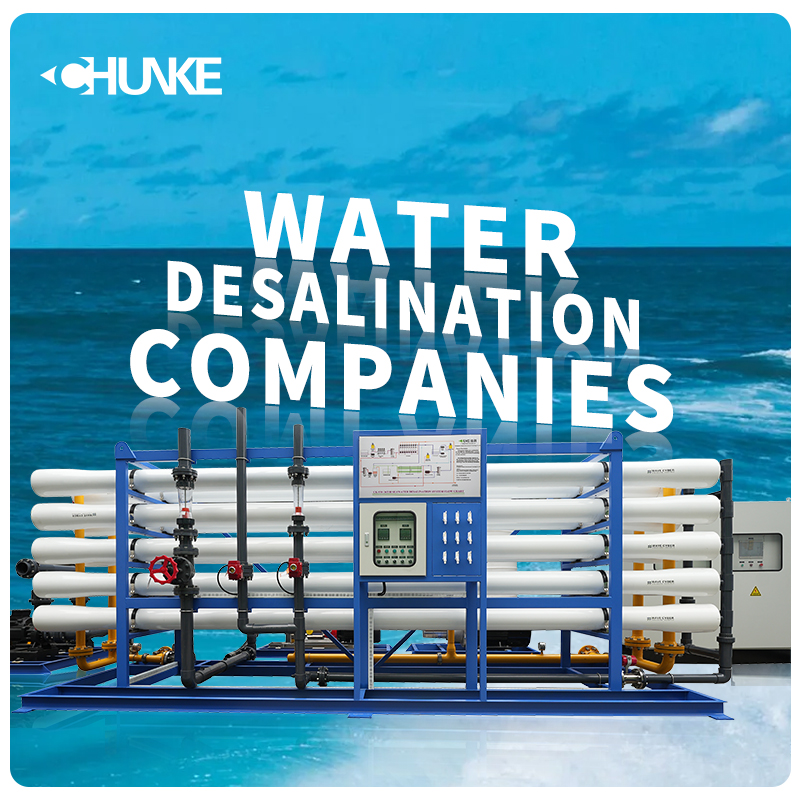-
04-08 2024
What are the disadvantages of ultrafiltration equipment?
Ultrafiltration membranes can become contaminated with NOM (non-biodegradable organic matter), which can significantly affect the performance of the ultrafiltration process. NOM pollution will cause the pores of the ultrafiltration membrane to be blocked, reducing the filtration efficiency and increasing the frequency and cost of cleaning and maintenance.
-
04-08 2024
can sea water desalination save the world?
Sea water desalination may be the key to avoiding global water shortages, but it will take time. Clean fresh water is vital to sustaining human life. However, seawater desalination plants also bring environmental pollution problems. The seawater desalination process produces waste and toxic chemicals that are harmful to wildlife and the earth.
-
04-05 2024
Do cruise ships use seawater desalination?
Most cruise ship water is desalinated seawater. The process typically involves steam evaporation—essentially converting salt water into distilled water. The water is then mineralized for added flavor and chlorinated for improved safety. Other ships are equipped with reverse osmosis systems for filtration and/or desalination.
-
04-05 2024
What are the 5 seawater desalination plants in Israel?
Five desalination plants built along the country's coastline — in Soreq, Hadera, Ashkelon, Ashdod, and Palmachim — currently operate and two more are under construction. Collectively, these plants are projected to account for 85-90 per cent of Israel's annual water consumption, marking a remarkable turnaround.
-
04-04 2024
How much does seawater desalination cost per gallon?
The cost of seawater desalination ranges between $5 and $10 per 1,000 gallons. This means that the cost per gallon of seawater desalination is approximately $0.005 to $0.01.
-
04-04 2024
Why doesn’t California, USA, invest in a seawater desalination plant?
The cost of water is a major consideration. The construction and operating costs of seawater desalination plants are high, making the cost of seawater desalination much higher than other sources of water resources, such as groundwater and river water. Secondly, the sea water desalination process may cause harm to marine life.
-
04-03 2024
Is the lightweight seawater desalination system suitable for camping?
The light commercial sea water desalination system is a water treatment equipment designed for small resorts and beach houses, designed to convert seawater into fresh water for daily use.
-
04-03 2024
Top 5 seawater desalination company stocks worth investing in 2024
5 seawater desalination company stocks worth investing in 1. Ecolab (NYSE: ECL) 2. Consolidated Water Co. Ltd. (NASDAQ: CWCO) 3. American Water Works Company Inc. (NYSE: AWK) 4. General Electric Company (NYSE: GE) 5. Veolia Environment (OTC: VEOVY)
-
04-02 2024
How much does seawater desalination cost?
In large municipal seawater desalination plants, the cost of desalinating one cubic meter of water is typically around $0.50 - $1.00. The cost per liter of water is approximately US$0.0005 - US$0.001.
-
04-02 2024
What is the largest desalination company in the US?
As the largest, most technologically advanced and energy-efficient desalination plant in the nation, the Carlsbad Desalination Plant's revenue stability stems from an effective collaboration between Poseidon Water and the San Diego County Water Authority.





